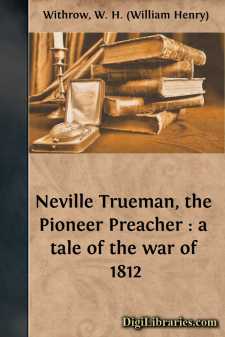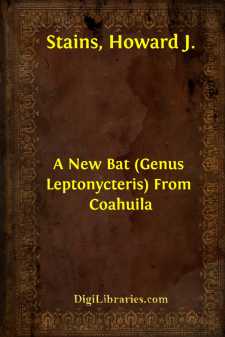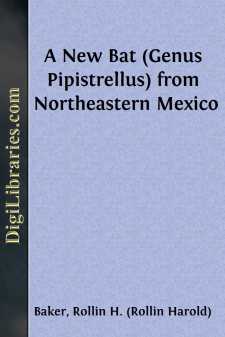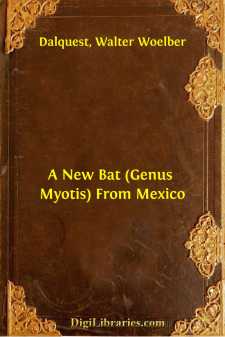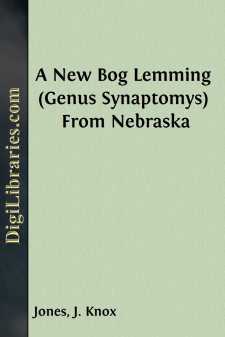Categories
- Antiques & Collectibles 13
- Architecture 36
- Art 48
- Bibles 22
- Biography & Autobiography 813
- Body, Mind & Spirit 142
- Business & Economics 28
- Children's Books 13
- Children's Fiction 10
- Computers 4
- Cooking 94
- Crafts & Hobbies 4
- Drama 346
- Education 46
- Family & Relationships 57
- Fiction 11828
- Games 19
- Gardening 17
- Health & Fitness 34
- History 1377
- House & Home 1
- Humor 147
- Juvenile Fiction 1873
- Juvenile Nonfiction 202
- Language Arts & Disciplines 88
- Law 16
- Literary Collections 686
- Literary Criticism 179
- Mathematics 13
- Medical 41
- Music 40
- Nature 179
- Non-Classifiable 1768
- Performing Arts 7
- Periodicals 1453
- Philosophy 64
- Photography 2
- Poetry 896
- Political Science 203
- Psychology 42
- Reference 154
- Religion 513
- Science 126
- Self-Help 84
- Social Science 81
- Sports & Recreation 34
- Study Aids 3
- Technology & Engineering 59
- Transportation 23
- Travel 463
- True Crime 29
Sort by:
CHAPTER I. WAR CLOUDS. Now lower the dreadful clouds of war; Its threatening thunder rolls afar; Near and more near the rude alarms Of conflict and the clash of arms Advance and grow, till all the air Rings with the brazen trumpet blare. Towards the close of a sultry day in July, in the year 1812, might have been seen a young man riding along the beautiful west bank of the Niagara...
more...
by:
Lysander Spooner
CHAPTER I. A NEW BANKING SYSTEM. Under the banking system—an outline of which is hereafter given—the real estate of Boston alone—taken at only three-fourths its value, as estimated by the State valuation—is capable of furnishing three hundred millions of dollars of loanable capital. Under the same system, the real estate of Massachusetts—taken at only three-fourths its estimated value—is...
more...
by:
Howard J. Stains
In a collection of mammals obtained in Coahuila, México, there is a series of 24 long-nosed bats, Leptonycteris nivalis. These bats have a larger skull and a longer third finger than other bats of this species found to the south of Coahuila. On the basis of these distinctive characters, it seems appropriate to recognize these long-nosed bats from Coahuila as belonging to a new subspecies, named and...
more...
A single specimen of little brown bat from the northern part of the state of Veracruz seems to be of an heretofore unrecognized species. It is named and described below. Myotis elegans new species Holotype.—Female, adult, skin and skull, No. 88398 Museum of Natural History, The University of Kansas; 12-1/2 mi. N. Tihuatlán, 300 ft. elevation, Veracruz, Mexico; obtained on September 24, 1961, by...
more...
The eastern pipistrelle, Pipistrellus subflavus (Cuvier) in the western part of its range, occurs along the RÃo Grande and its tributaries as far west as northern Coahuila and Val Verde County, Texas. Specimens from those places represent a heretofore undescribed subspecies which may be named and described as follows: Type.—Female, adult, skin and skull; No. 48270, Univ. Kansas Mus. Nat. Hist.;...
more...
While one of us (Dalquest) was in a dugout canoe that was being paddled up a small unnamed tributary of the Rio Coatzacoalcos, through dense jungle, he grasped a decayed and termite damaged tree-trunk projecting approximately three feet above the surface of the water to steady the canoe. At that instant two bats were detected in one of the many small holes in the trunk, which was eight to nine inches...
more...
I Hilltop School closed its fall term with just ninety-five students; it opened again two weeks later, on the third of January, with ninety-six; and thereby hangs this tale. Kenneth Garwood had been booked for Hilltop in the autumn, but circumstances had interfered with the family's plans. Instead he journeyed to Moritzville on the afternoon of the day preceding the commencement of the new term, a...
more...
by:
J. Knox Jones
In the autumn of 1952, I obtained a southern bog lemming, Synaptomys cooperi, at Rock Creek State Fish Hatchery, Dundy County, in extreme southwestern Nebraska. This locality of record is the westernmost for the species in North America. Subsequently, I reported this specimen in the literature (Univ. Kansas Publ., Mus. Nat. Hist., 7:486, 1954), provisionally assigning it to Synaptomys cooperi gossii,...
more...
by:
Jane Addams
AN ANALOGY In every large city throughout the world thousands of women are so set aside as outcasts from decent society that it is considered an impropriety to speak the very word which designates them. Lecky calls this type of woman “the most mournful and the most awful figure in history”: he says that “she remains, while creeds and civilizations rise and fall, the eternal sacrifice of humanity,...
more...
by:
John L. Cotter
Part One Exploration: The Ground Yields Many ThingsByJohn L. CotterSupervising Archeologist, Colonial National Historical Park“As in the arts and sciences the first invention is of more consequence than all the improvements afterward, so in kingdoms, the first foundation, or plantation, is of more noble dignity and merit than all that followeth.”—Lord BaconIn the summer of 1934 a group of...
more...


